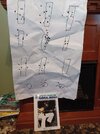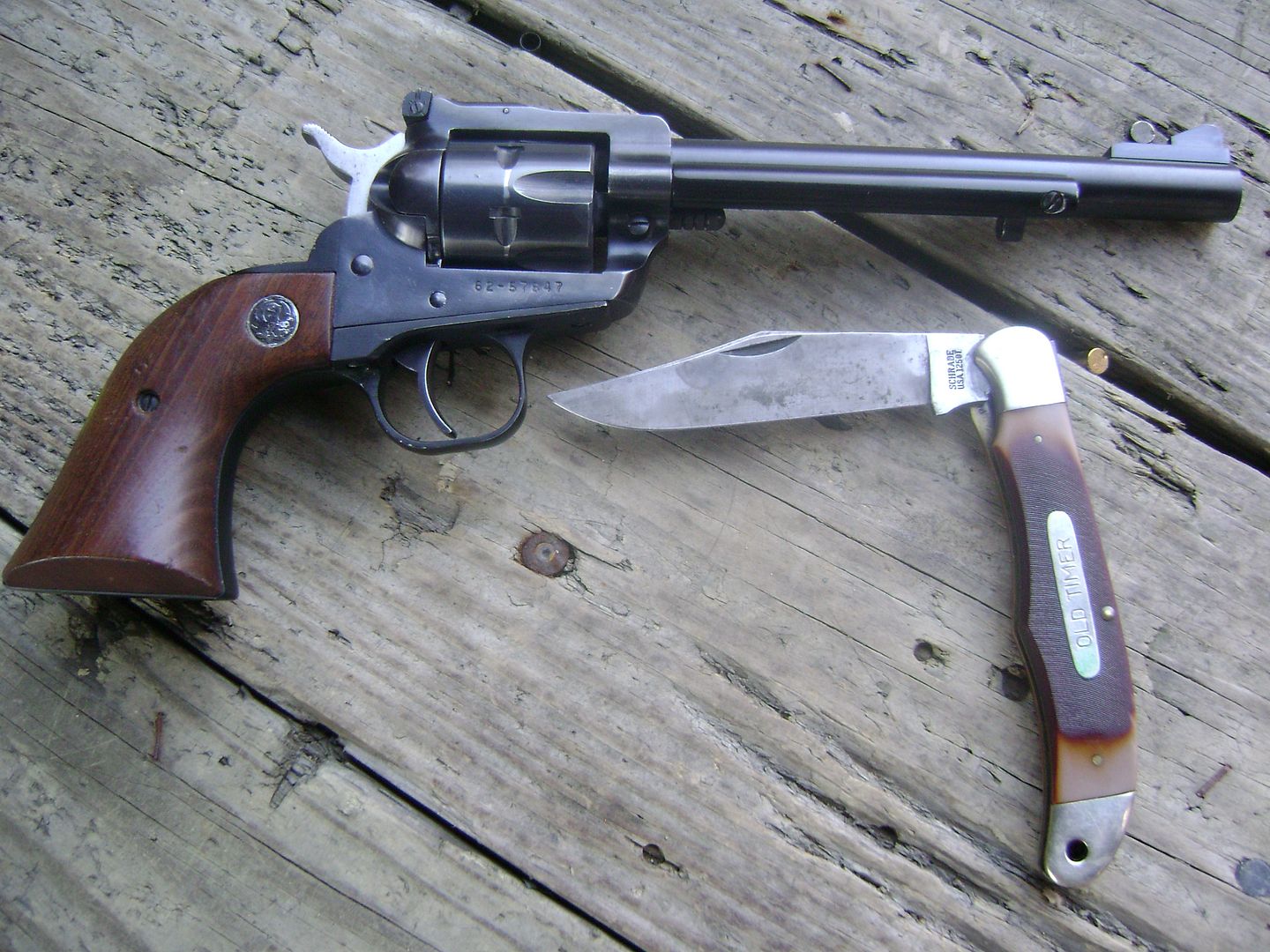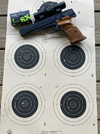Tinman357
Member
I've tried most of the dry fire methods over the years. All of them work, at least a little. All have shortcomings, all of them.
What I have found to be my personal best is a dry fire training cartridge that fites a laser when I pull the trigger.
More realistic on the draw/first shot practice which is what you will do in a real SD situation.
It also helps train away trigger flinch, trigger push/pull. In my own opinion, it is the best dry fire method. It allows you to adapt it to just about every senario.
The only drawback I have discovered is that you have ro re-cock the hammer/striker before every shot. Other than that its great.
Multiple units required for revolver practice. But I think so highly of this training tool that I bought 7 for my 686+.
Multiple calibers available. Seem pretty durable. 10K+ strikes on the .45acp module I bought. Still going strong.
And yes, my groups have tightened up considerably on the live fire range. Draw is much smoother and that first round gets on target quick. Working these in my revolvers have made shooting multiple rounds faster as well.
All around great training aid.
These are the ones that I use.
This site won't allow me to post a link. Just search Amazon. Global laser cartridge.
What I have found to be my personal best is a dry fire training cartridge that fites a laser when I pull the trigger.
More realistic on the draw/first shot practice which is what you will do in a real SD situation.
It also helps train away trigger flinch, trigger push/pull. In my own opinion, it is the best dry fire method. It allows you to adapt it to just about every senario.
The only drawback I have discovered is that you have ro re-cock the hammer/striker before every shot. Other than that its great.
Multiple units required for revolver practice. But I think so highly of this training tool that I bought 7 for my 686+.
Multiple calibers available. Seem pretty durable. 10K+ strikes on the .45acp module I bought. Still going strong.
And yes, my groups have tightened up considerably on the live fire range. Draw is much smoother and that first round gets on target quick. Working these in my revolvers have made shooting multiple rounds faster as well.
All around great training aid.
These are the ones that I use.
This site won't allow me to post a link. Just search Amazon. Global laser cartridge.
Last edited:





